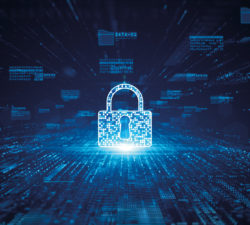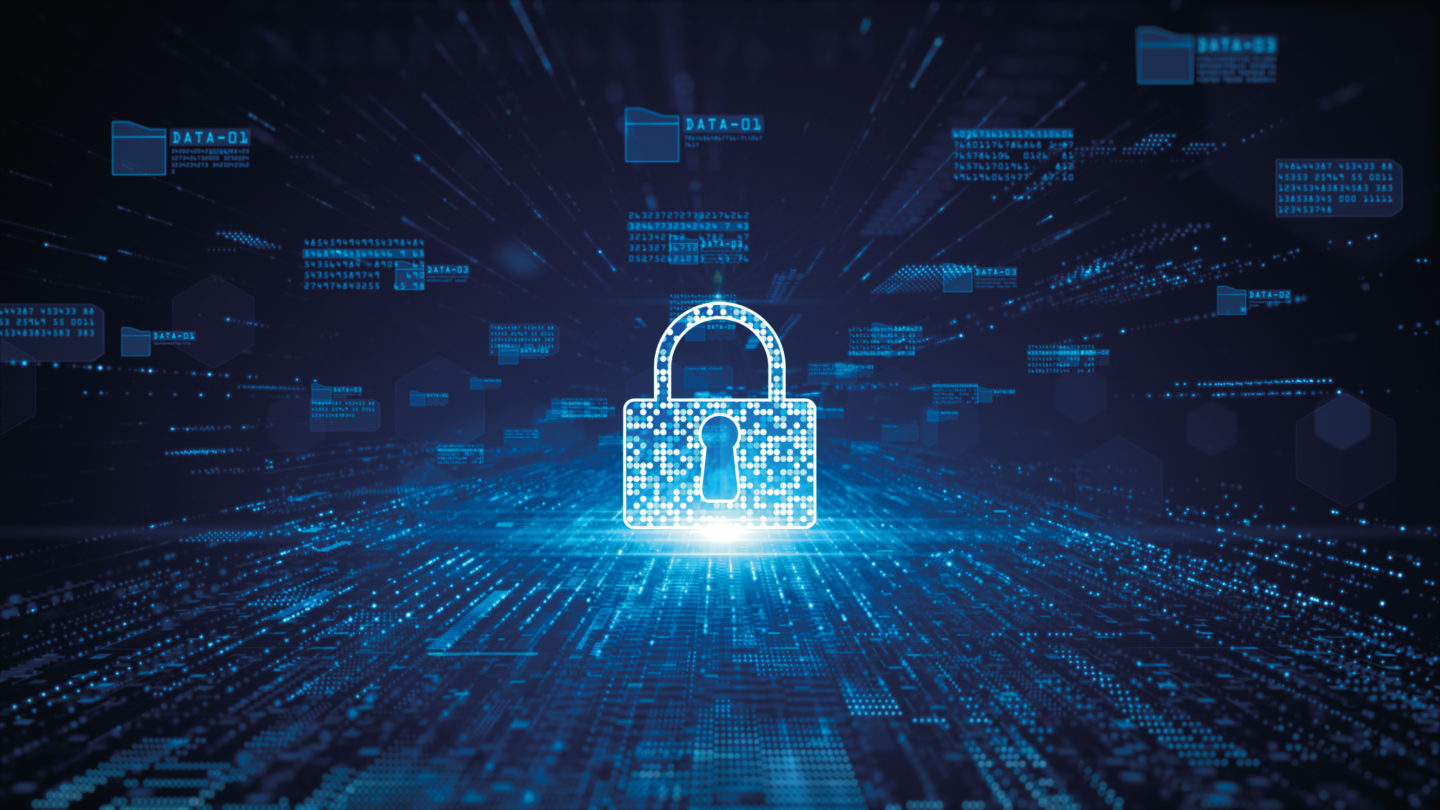An email, written in broken English, addressed to a German business owner by name, demanded ransom to decrypt his company’s files but no cash sum was specified. At an elite racehorse farm in Southern Germany, this was how a 2014 ransomware episode began. It resembles many other emergencies and offers lessons in how to manage.
Without data backup and unprepared, the farm’s owner accepted the situation and arranged for settlement, paid in Bitcoin, negotiating to lower the price but ultimately regaining control of its daily operations. However, that was a different era. The extortionists even sent a thank you note after receiving payment and unlocking the network systems.
But Ransomware Inc. and its 2022 releases are seeing new levels of market segmentation with brands of practitioners known globally almost like band names: REvil, Conti and Lockbit. Complex and escalated attacks on big-money corporate targets represent the high-end strategy. Other groups, and wannabes,…



 Audio available
Audio available